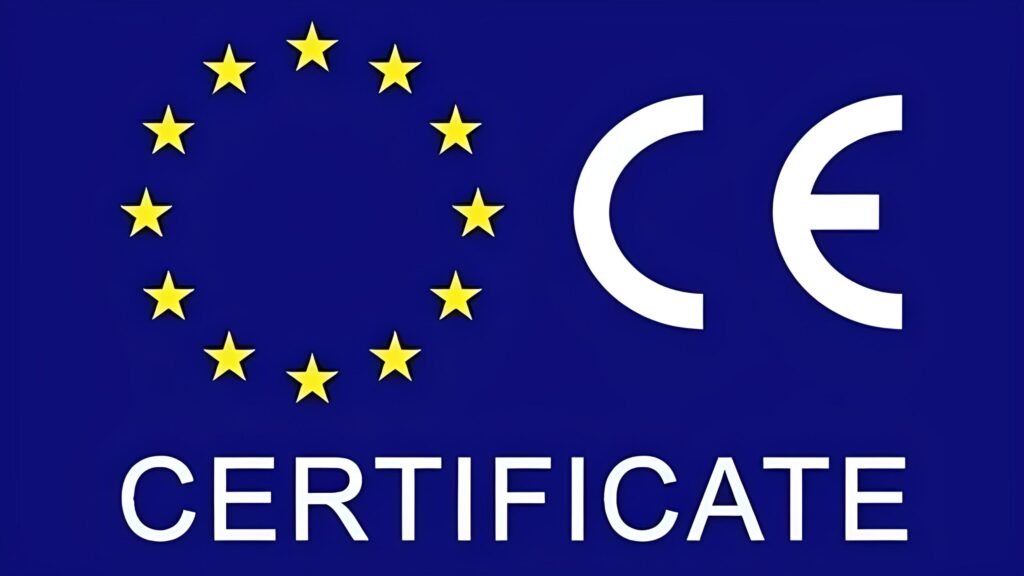Medical device manufacturers cannot enter the European Union market without obtaining a CE certificate. This certificate shows that the product complies with the safety, performance and quality requirements of European Union regulations.
However, many companies – especially startups or those without sufficient experience – make mistakes on the way to obtaining this certification, which can lead to time delays, additional costs, or even complete rejection of the product from the market.
Below are five common mistakes in the CE marking process:
1. Lack of complete familiarity with legal requirements and technical standards
One of the biggest mistakes is ignorance of the MDR (EU Medical Device Regulation 2017/745) and international standards such as ISO 13485 (quality management) and ISO 14971 (risk management).
Failure to comply with these requirements can result in legal non-compliance and rejection of the CE application.


[EU Medical Device Regulation (MDR)]
2. Misclassification of medical device
Medical devices are classified into different classes based on the level of risk to the patient or user:
Class I, IIa, IIb, III
A mistake at this stage can completely change the technical requirements and even the need for a Notified Body.
🔹 Example: A manufacturer of a blood glucose testing device mistakenly registered its device in Class I, when according to the MDR, the device should have been classified in Class IIb.
3. Incomplete or incomplete documentation
The technical file or *Technical File* must include all information on design, production, quality control, risk analysis, clinical evaluation, and tests performed.
Insufficient information, incomplete testing, or lack of documented reports can cause a CE application to be rejected.
🔹 Example: A company manufacturing a drug infusion pump did not provide EMC (electromagnetic compatibility) test documentation and had to redo the entire evaluation process.
4. Wrong choice of evaluator
Notified Bodies must be licensed for the specific type of device. Choosing a body that does not have sufficient experience or qualifications for your specific type of device can cause delays and rework.


[NANDO – EU Notified Bodies Database]
5. Inadequate or incomplete risk management
The international standard ISO 14971 is the foundation for risk analysis and control for medical devices. Failure to properly implement the risk management process can indicate a lack of adequate product safety.
🔹 Example: A manufacturer of respiratory equipment ignored secondary risks in the event of a power outage. The assessment body rejected the CE application due to an incomplete risk analysis.
📎 Risk Management Standard Reference:
[ISO 14971 Overview]
Conclusion
The process of obtaining CE certification is a detailed, structured process that requires regulatory knowledge. Any mistake can waste your valuable time and resources. To avoid these errors, it is essential to work with expert and experienced consultants.




